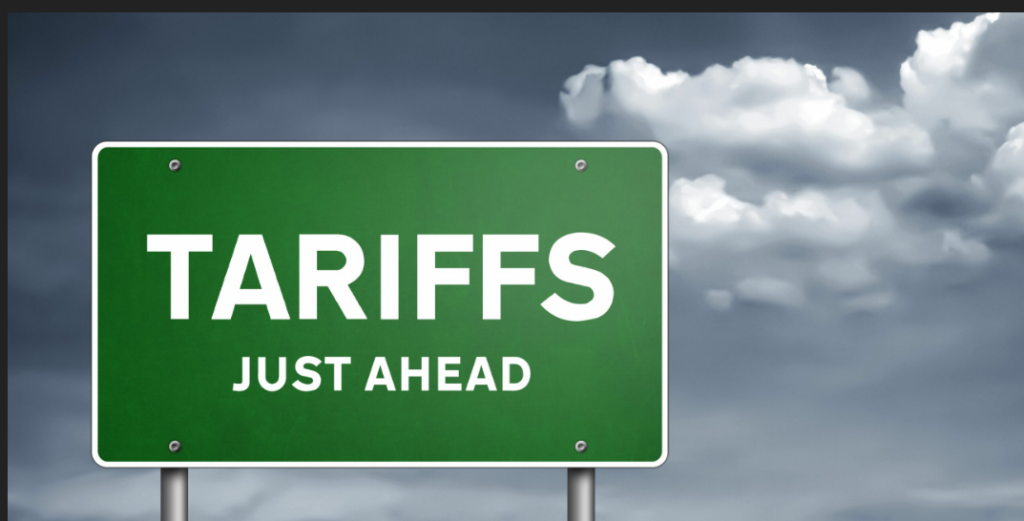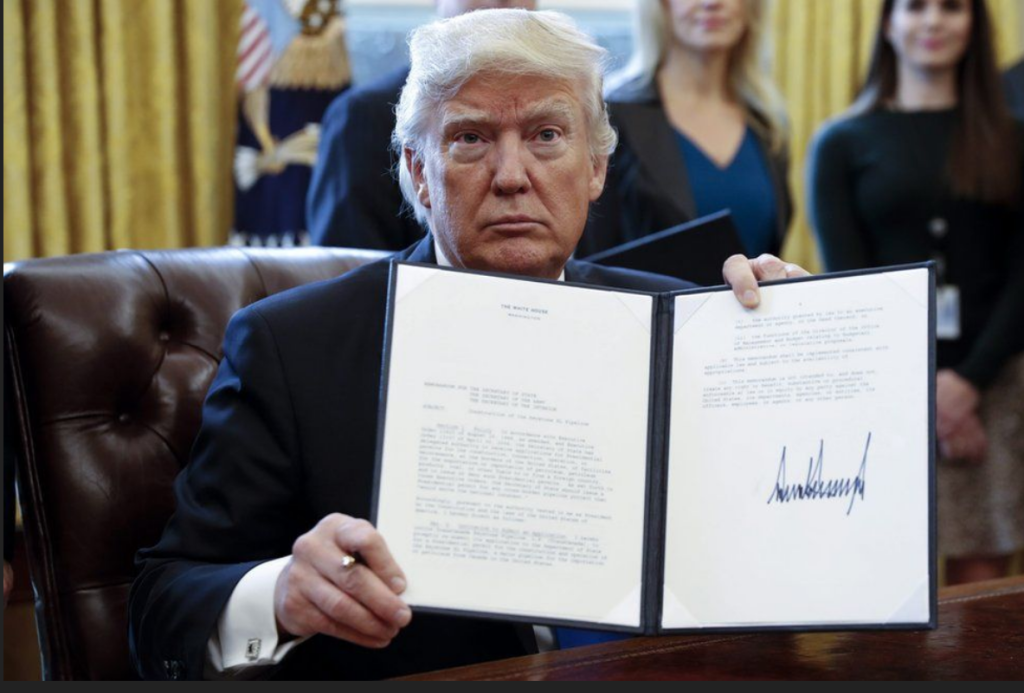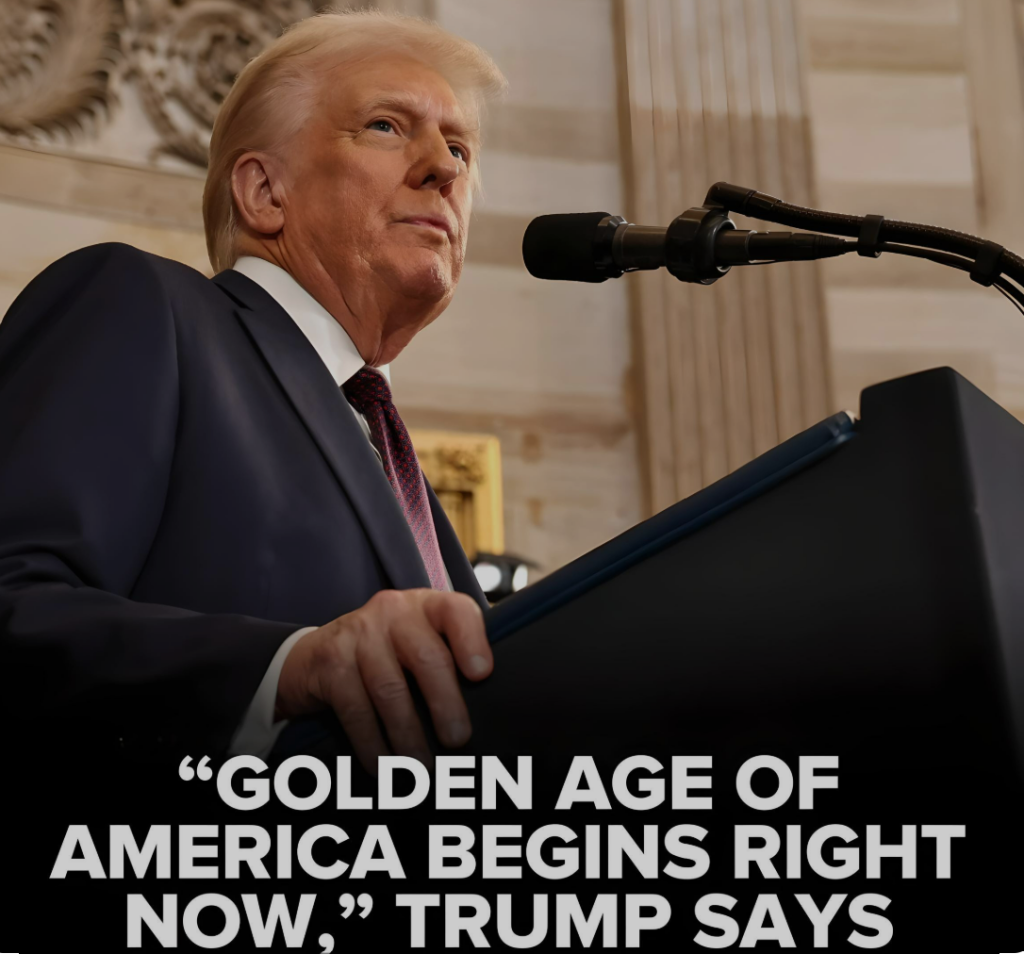Let’s spend some time discussing why global companies are reinvesting in the United States of America under President Trump and this new administration. The easy answer would be that they want to avoid the increases and expenses associated with the upcoming reciprocal tariffs that have been scheduled for implementation on April 2, 2025.
Let’s first with “What is a tariff”? Most countries are limited by their natural resources and ability to produce certain goods and services. They trade with other countries to get what their population needs and demands. However, trade isn’t always conducted in an amenable manner between trading partners. Policies, geopolitics, competition, and many other factors can make trading partners unhappy. One of the ways governments deal with trading partners they disagree with is through tariffs. A tariff is a tax imposed by one country on the goods and services imported from another country to influence it, raise revenues, or protect competitive advantages. Governments impose tariffs to raise revenue, protect domestic industries, or exert political leverage over another country. Tariffs often result in unwanted side effects, such as higher consumer prices. Tariffs have a long and contentious history, and the debate over whether they represent good or bad policy still rages.
Governments may impose tariffs for several reasons to raise revenues, to protect domestic industries, to protect domestic consumers and to protect national interests. Tariffs can be used to raise revenues for governments. This kind of tariff is called a revenue tariff and is not designed to restrict imports. For instance, in 2018 and 2019, President Donald Trump and his administration imposed tariffs on many items to rebalance the trade deficit. In the fiscal year 2018, customs duties received were $41.6 billion. In fiscal year 2019, duties received were $71.9 billion. Governments can use tariffs to benefit particular industries, often doing so to protect companies and jobs. For example, in April 2018, President Donald Trump imposed a 25% ad valorem tariff on steel articles from all countries except Canada and Mexico.3 In March 2022, President Joe Biden replaced the tariff on steel products from the United Kingdom with a tariff-rate quota of 500,000 metric tons, and reached quota deals with several other countries.
Governments can use tariffs to benefit particular industries, often doing so to protect companies and jobs. For example, in April 2018, President Donald Trump imposed a 25% ad valorem tariff on steel articles from all countries except Canada and Mexico. In March 2022, President Joe Biden replaced the tariff on steel products from the United Kingdom with a tariff-rate quota of 500,000 metric tons, and reached quota deals with several other countries this proclamation reopened the trade of specific items with the U.K. while taking measures to protect domestic U.S. steel manufacturing and production jobs which it didn’t and opened the United States to more abuse from European Union imports.
By making foreign-produced goods more expensive, tariffs can make domestically produced alternatives seem more attractive. Some products made in countries with fewer regulations can harm consumers, such as a product coated in lead-based paint. Tariffs can make these products so expensive that consumers won’t buy them.
Effective Feb. 1, 2025, President Donald Trump placed 25% tariffs on imports from Canada and Mexico and 10% tariffs on imports from China. The rationale behind these tariffs was to force these countries to cooperate with the U.S. to stem the flow of illegal immigrants and drugs like fentanyl from entering the U.S., as well as to boost domestic manufacturing and raise revenues. Tariffs can also be used as an extension of foreign policy as their imposition on a trading partner’s main exports may be used to exert economic leverage. For example, when Russia invaded Ukraine, much of the world protested by boycotting Russian goods or imposing sanctions. In April 2022, President Joe Biden suspended normal trade with Russia. In June, he raised the tariff on Russian imports not prohibited by the April suspension to 35%.

- Produce revenues: As discussed, tariffs provide a government a chance to bring in more money. This can relieve some of the tax burdens felt by a county’s citizens and help the government to reduce deficits.
- Open negotiations: Tariffs can be used by countries to open negotiations for trade or other issues. Each side can use tariffs to help them create economic policies and talk with trade partners.
- Support a nation’s goals: One of the most popular uses for tariffs is to use them to ensure domestic products receive preference within a country to support businesses and the economy.
- Make a market predictable: Tariffs can help stabilize a market and make prices predictable.
- Create issues between governments: Many nations use tariffs to punish or discourage actions they disapprove of. Unfortunately, doing this can create tensions between two countries and lead to more problems.
- Initiate trade wars: A typical response for a country with tariffs imposed on it is to respond similarly, creating a trade war in which neither country benefits from the other.
President Trump has secured billions of dollars in new U.S.-based investments.
- Apple announced a historic $500 billion investment that will create 20,000 new U.S.-based jobs.
- TSMC announced an unprecedented $100 billion investment in U.S.-based semiconductor chip manufacturing.
- President Trump announced the largest artificial intelligence infrastructure project in history, securing $500 billion in planned private sector investment — with major CEOs agreeing it would not have been possible without President Trump’s leadership.
- President Trump secured a $20 billion investment by DAMAC Properties to build new U.S.-based data centers.
- CMA CGM announced a $20 billion investment in U.S. shipbuilding and logistics, which will create 10,000 new jobs.
- Eli Lilly and Company announced a $27 billion investment in its U.S.-based manufacturing.
- The Trump Administration announced an $18 billion investment by American liquefied natural gas (LNG) exporter Venture Global into their Plaquemines LNG export facility — made possible by President Trump’s energy policies.
- Wisconsin-based Clarios, a leader in low-voltage energy storage, announced a $6 billion plan to expand its U.S.-based manufacturing.
- Saudi Arabia declared its intention to invest $600 billion in the United States over the next four years.
- Taiwan pledged to boost its investment in the United States.
- Japanese tycoon Masayoshi Son and President-elect Donald Trump have announced plans for technology and telecoms giant SoftBank Group to invest $100 billion in projects in the United States over the coming four years. Trump said the investments in building artificial intelligence infrastructure would create 100,000 jobs, twice the 50,000 promised when Son pledged $50 billion in U.S. investments after Trump’s victory in 2016. Son, a founder and CEO of SoftBank Group, is known for making bold choices that sometimes pay big and sometimes don’t. SoftBank has investments in dozens of Silicon Valley startups, along with big companies like semiconductor design company Arm and Chinese e-commerce giant Alibaba. The stock market rally and craze for AI has boosted the value of its assets, but it’s unclear whether its investments will create that many jobs.
President Trump is bringing manufacturing back to America.
- The U.S. gained 10,000 manufacturing jobs in President Trump’s first full month in office — led by the auto sector, which gained the most new jobs in 15 months. This is a swift turnaround after losing an average of 9,000 manufacturing jobs per month in the final year of the Biden Administration.
- Stellantis will reopen its assembly plant in Illinois, build its next-generation Dodge Durango in Michigan, and make new investments in their Ohio and Indiana facilities.
- Nissan is expected to move some production to the U.S.
- Mercedes-Benz announced plans to “grow” its vehicle production in the U.S.
- Honda is expected to produce its next-generation Civic hybrid model in Indiana.
- Electronics giants Samsung and LG “are considering moving their plants in Mexico to the U.S.” now that President Trump is back in office.
- Siemens announced a $285 million investment in U.S. electrical product manufacturing, which will create more than 900 new skilled manufacturing jobs.

In my opinion this re-investment back in America and the 360-degree philosophy from corporate America is driven by the potential of America First policies being implemented and sustained over the next 12 years of Republican control throughout the federal government and the newly created Department of Government Efficiency (DOGE) and the proactive approach by these companies with many more taking this stance. Get ready America this is only the beginning of the great revival and golden age.

